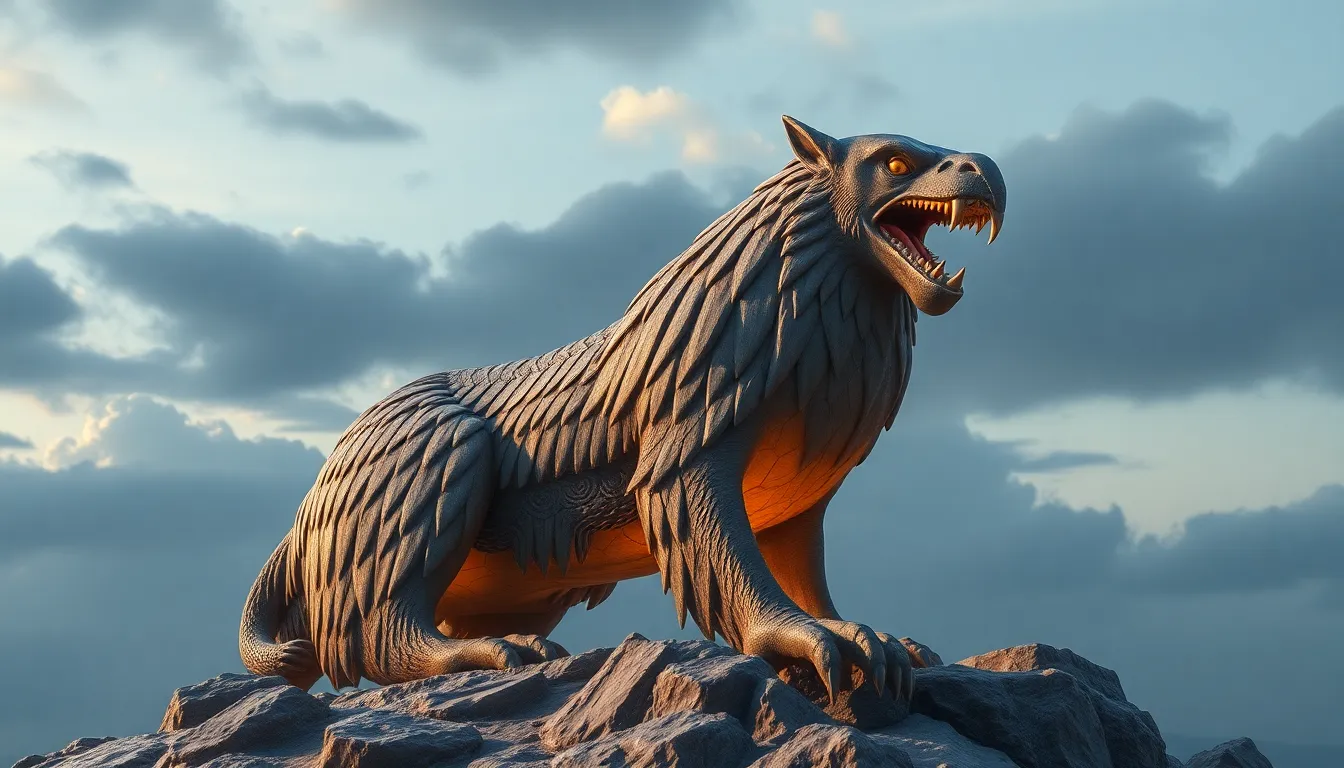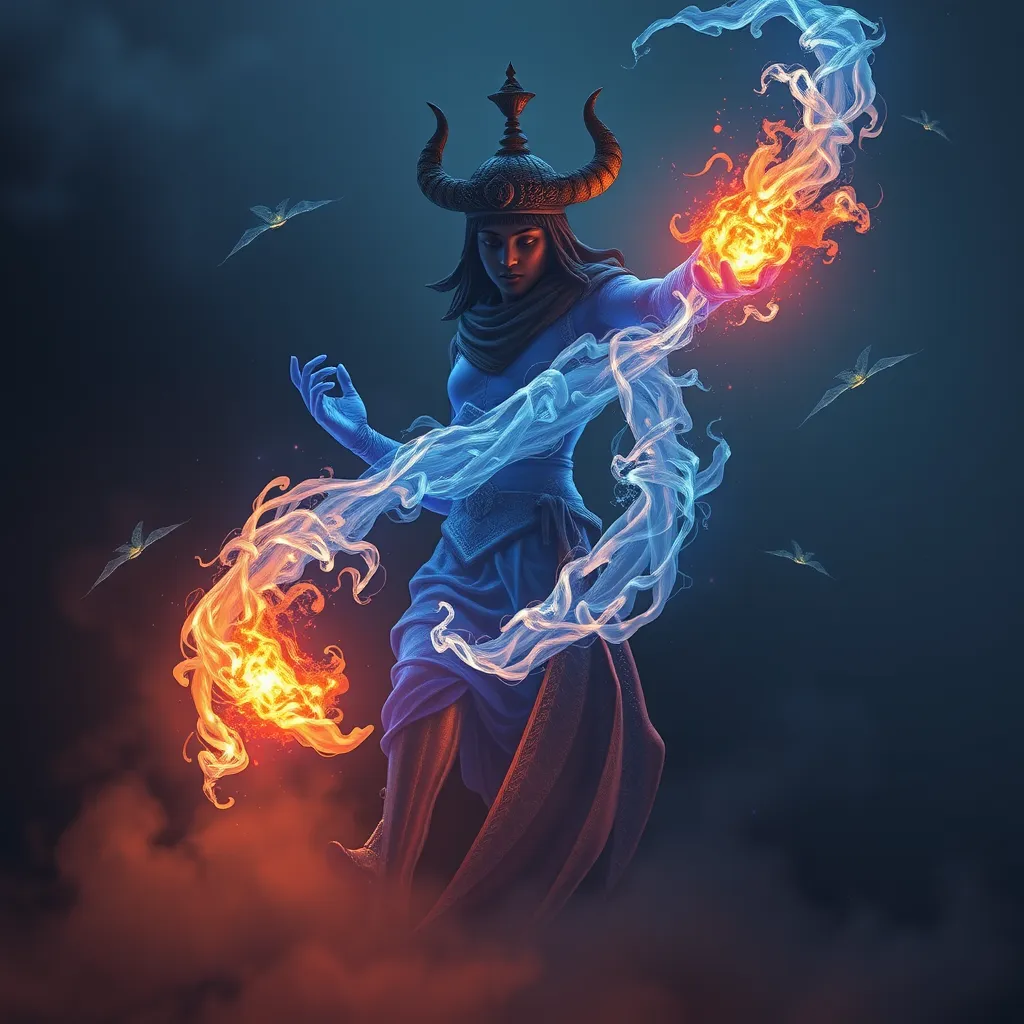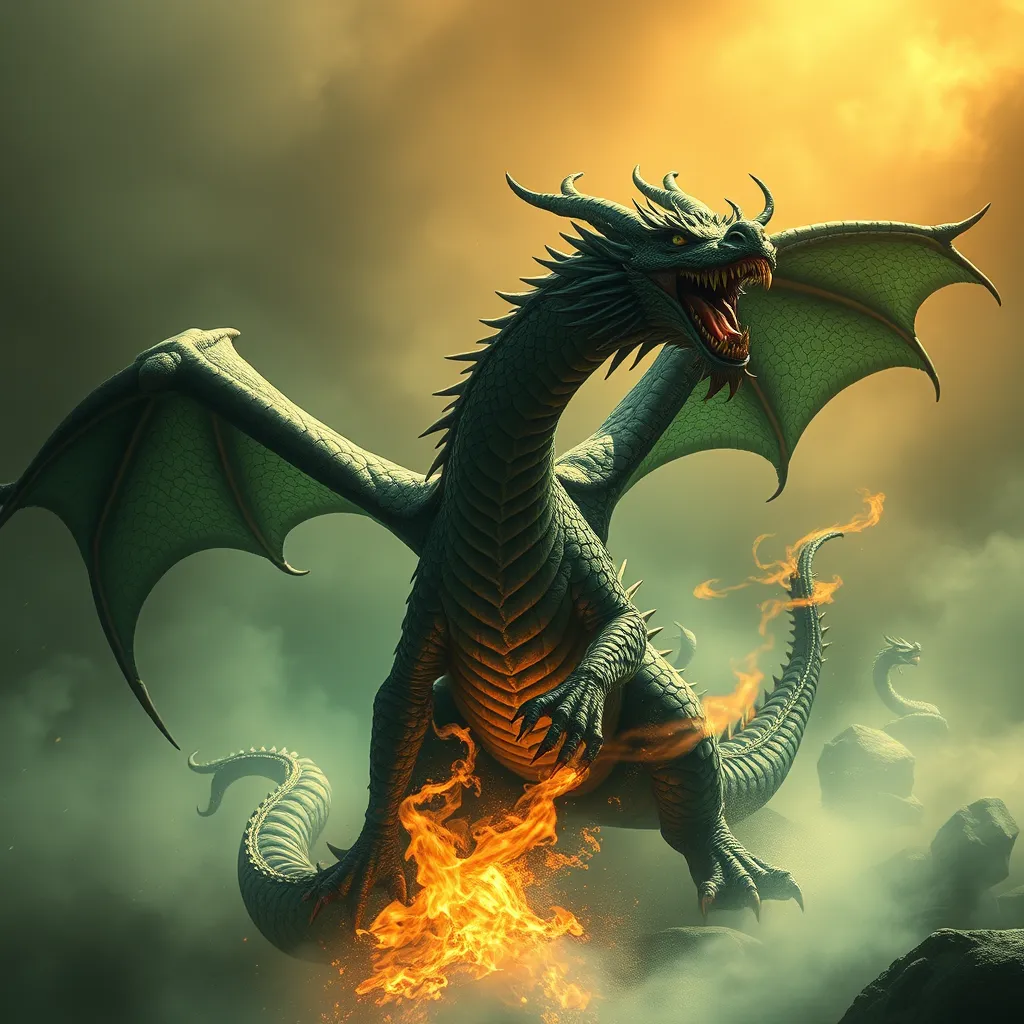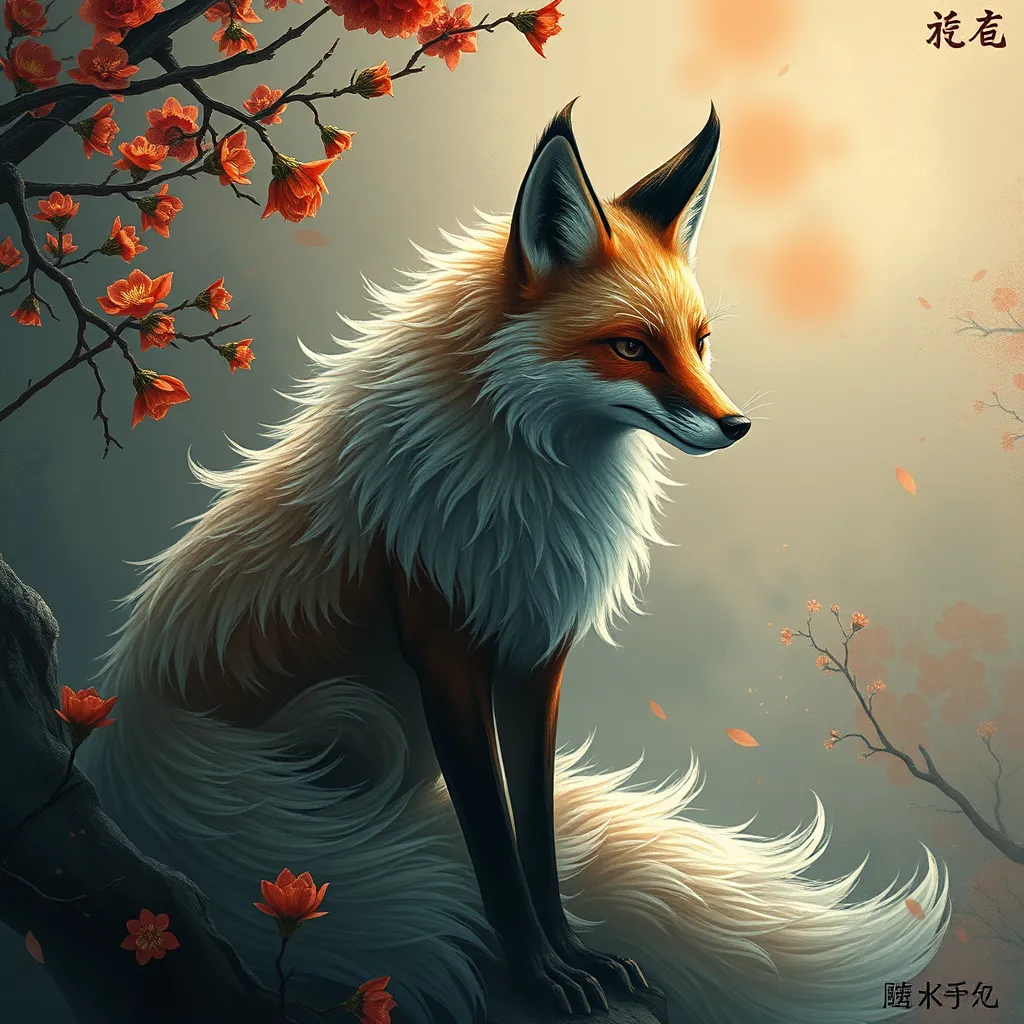The Roc as a Symbol of Power & Majesty in Islamic Art and Literature
I. Introduction
The Roc, a gigantic bird of prey, has its origins in ancient mythology and is often depicted in various forms across different cultures. In Islamic tradition, the Roc represents not only a creature of immense size and power but also a symbol of divine authority and majesty. This article aims to explore the significance of the Roc in Islamic culture, tracing its historical roots, literary representations, artistic depictions, and its lasting impact on contemporary narratives.
II. Historical Context of the Roc in Islamic Culture
The Roc’s narrative can be traced back to pre-Islamic Arabian folklore, where it was often depicted as a formidable creature that could carry off elephants and other large animals.
- Early mentions in pre-Islamic Arabian folklore: The Roc was part of the rich tapestry of Arabian myths, often symbolizing strength and ferocity.
- The Roc’s portrayal in Islamic texts and literature: Islamic scholars and poets referenced the Roc in their works, emphasizing its grandeur and mythical attributes.
- Evolution of the Roc’s symbolism through the ages: Over time, the Roc transitioned from a mere mythical creature to a symbol of divine power, often associated with the protection of prophets and kings.
III. The Roc in Islamic Literature
One of the most notable appearances of the Roc in Islamic literature is found in the classic collection “One Thousand and One Nights.”
- Analysis of the Roc in classical texts: In these tales, the Roc is often depicted as a guardian of treasures, showcasing its role as a protector and a symbol of wealth.
- The Roc as a metaphor for power and divine protection: The Roc embodies themes of strength and dominance, often serving as a metaphor for the might of the divine.
- Comparative study of the Roc’s representation in other cultures: Similar to the Roc, mythical creatures in various cultures often symbolize power and majesty, but the Roc’s unique characteristics set it apart.
IV. The Roc in Islamic Art
Artistic representations of the Roc can be found in various Islamic manuscripts and paintings, reflecting its significance in Islamic aesthetics.
- Artistic depictions of the Roc in manuscripts and paintings: Illustrations often showcase the Roc in flight, highlighting its immense wingspan and grandeur.
- Symbolic interpretations of the Roc in Islamic aesthetics: The Roc often symbolizes divine protection, and its imagery is used to convey messages of strength and stability.
- The Roc’s influence on architectural designs and motifs: Elements of Roc imagery can be seen in Islamic architecture, where motifs of power and majesty are prevalent.
V. Thematic Interpretations of the Roc
The Roc holds various thematic interpretations that resonate deeply within Islamic culture.
- The Roc as a symbol of strength and dominance: Its size and power reflect the might of empires and divine authority.
- The connection between the Roc and the concept of the sublime: The Roc’s grandeur evokes feelings of awe and reverence, aligning with the Islamic appreciation for the sublime in nature.
- The Roc’s role in conveying divine authority and majesty: The Roc is often seen as an embodiment of God’s power, reinforcing the belief in divine protection over believers.
VI. The Roc in Modern Interpretations
In contemporary literature and media, references to the Roc continue to flourish, showcasing its enduring legacy.
- Contemporary references to the Roc in literature and media: Modern authors and filmmakers have drawn inspiration from the Roc, using it as a symbol in fantasy narratives.
- The Roc’s relevance in modern Islamic art: Contemporary artists incorporate Roc imagery to explore themes of cultural identity and power.
- The enduring legacy of the Roc in cultural narratives: The Roc remains a potent symbol in storytelling, representing the intersection of myth, culture, and power.
VII. Comparative Analysis of Mythical Creatures in Islamic and Global Contexts
The Roc’s characteristics can be compared to other mythical birds around the world, revealing both similarities and unique traits.
- Similarities between the Roc and other mythical birds across cultures: Many cultures feature giant birds that symbolize power, such as the Thunderbird in Native American mythology.
- The Roc’s unique characteristics in comparison to Western mythological symbols: Unlike Western griffins, the Roc primarily embodies themes of divine power rather than mere physical strength.
- The universal themes of power and majesty in mythical representations: Across cultures, mythical creatures like the Roc serve to reflect societal values regarding strength, protection, and authority.
VIII. Conclusion
The Roc stands as a significant symbol in Islamic art and literature, representing power, protection, and divine authority. Its rich historical context and thematic depth reveal the complexity of its role within Islamic culture. As we explore the Roc’s enduring impact, it becomes clear that this mythical creature continues to inspire and resonate with audiences, inviting further research and exploration in related fields.
The study of the Roc not only enriches our understanding of Islamic culture but also highlights the universal themes of power and majesty that transcend cultural boundaries. Future research could delve deeper into the Roc’s representation in modern media or its influence on contemporary Islamic art, fostering a greater appreciation for this majestic symbol.




